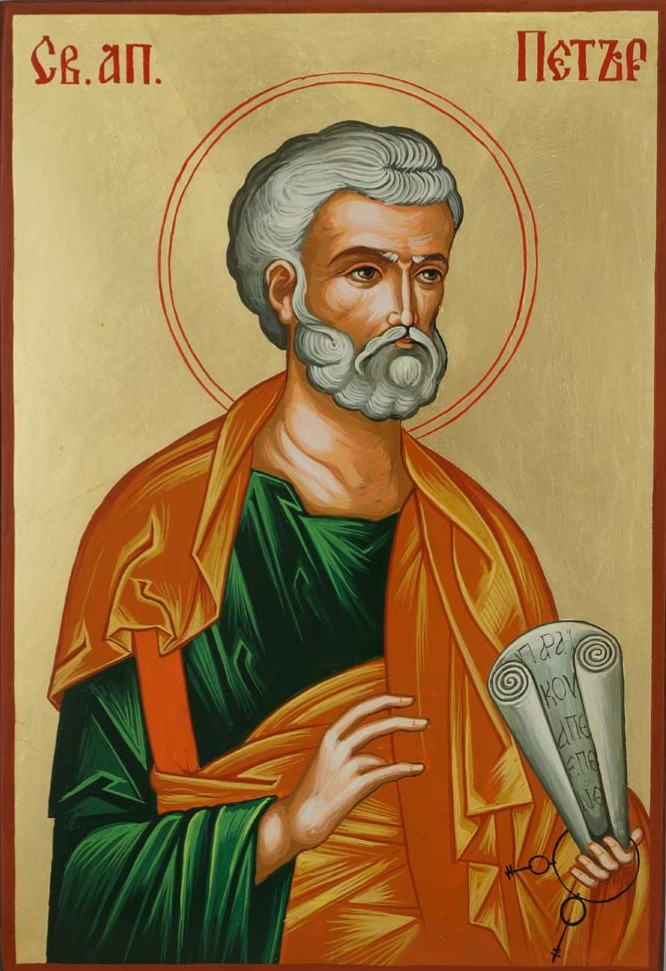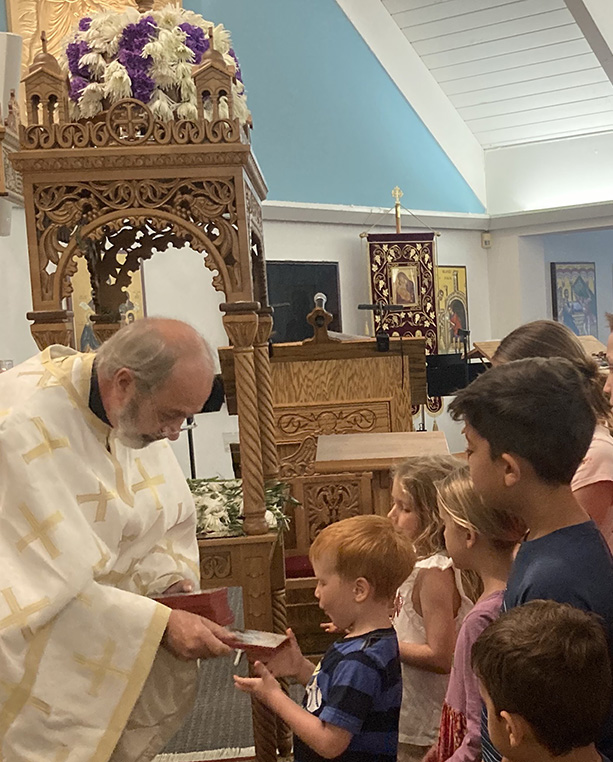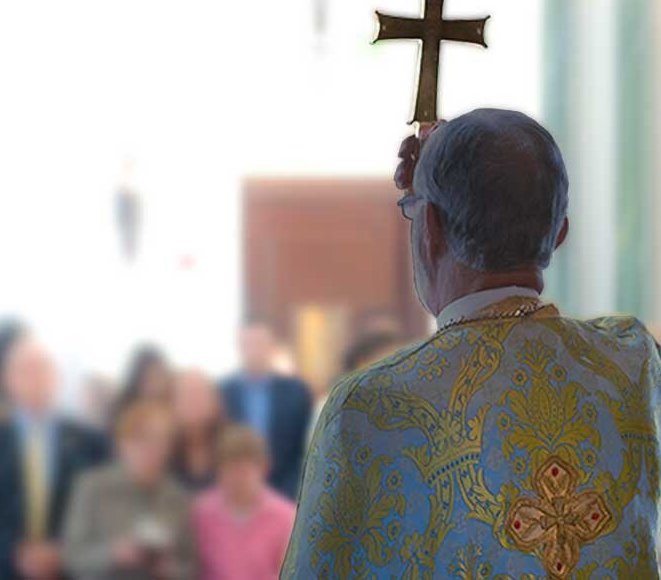
St. Peter the Apostle Antiochian Orthodox Church
Divine Liturgy
It’s a surprise to many that God actually gave us detailed instructions about how He wanted us to worship Him. He wanted it to be done as it is in heaven…the people joining together in thanksgiving and praise…doing ‘the work of the people’. In the Old Testament books of Exodus and Leviticus, He gave specific directions about temple architecture, the altar, priestly garments, bells, icons, lighting and incense. Building God’s temple was not a DYI project…there was no room for free-wheeling, personal innovation. Instead, He provided detailed and intimate plans pointing to one thing…how we are to worship liturgically…all together, using a fixed form. That fixed form was used by Israel and when we use it, we are emulating what Jesus did. Like all Old Testament Jews, He read and taught Holy Scripture and chanted petitions of the Litany and the Psalms of thanksgiving to His Father. In other words, He worshipped liturgically, just like we do. Our Liturgy differs from those of Old Testament times in that we are additionally blessed with the inclusion of the New Testament Letters and Gospels.
Greek litanies = repeated prayer with responsesWe call our Orthodox liturgy The Divine Liturgy. It is the ‘work of our people’ and fundamental to the life and spirit of the Church. Because our worship is corporate and involves the entire church, almost everything is in terms of ‘we’ and ‘us’. There are no ‘private’ services and none may take place without the laity there to participate. Because we truly believe in ‘eternal life, we know that both the living and the departed join together in this worship…the departed being the ‘cloud of witnesses’ spoken of in Scripture.
We know we are children in our Father’s house and that we are there to worship him ‘as it is in heaven’. In doing so, our worship transcends time and space and the boundaries of society and reaches beyond our parish into the very Kingdom of God.
Affirming God’s presence and action in our lives by partaking of the Eucharist is the most important worship experience of Orthodoxy. We offer ourselves in a sacrifice of thanks to God and by eating the bread and drinking the wine of the Holy Meal, our thanksgiving is transformed by the Holy Spirit into grace.
Greek eucharistia = giving thanks

The entire worship celebration of the Orthodox Church is meant to be a feast of the intellect, feelings and senses, constantly reminding us of the beauty of the material world He has given us and bringing us into closer communion with Him. Not only do the bells summon people to worship, they are Holy Scripture in sound…they are often called ‘singing icons’, expressing the triumphal joy of the Church. The burning of incense is like the sweet aroma of the prayers rising to God. When the Priest circles counterclockwise around the altar, it signifies that in God, time has been destroyed.…that the faith is timeless.